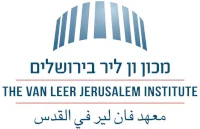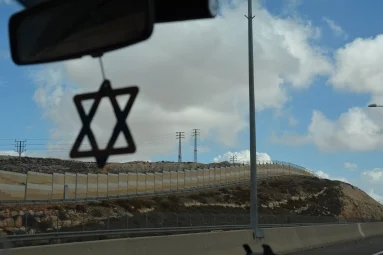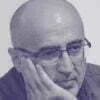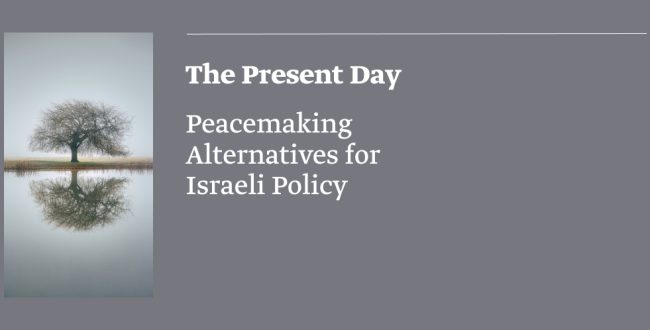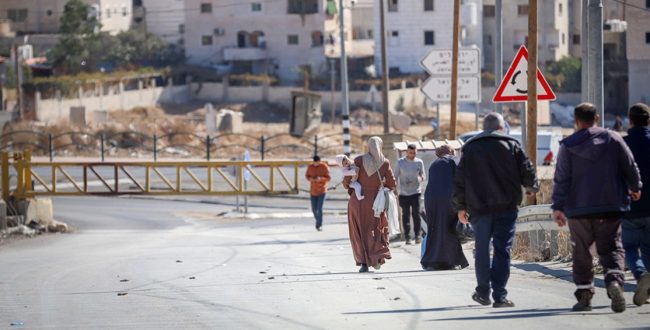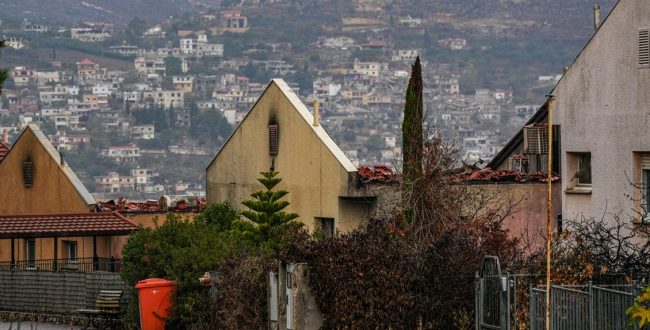The tragedy that occurred in Umm al-Hiran, a Bedouin community in the Negev (southern Israel), in which a local teacher and a police officer both lost their lives, has been subjected to a conflict of narratives that has little to do with the actual details of the incident. Even after the results of the autopsy on teacher Ya’aqub Abu al-Qian’s body were published, and despite the multitude of eyewitness accounts, the official facts remain the same.
I believe that those who support the version put forward by the Israel Police and the government will not be deterred by the discovery of more facts. Even Israeli daily Ha’aretz , which is usually generous and open towards Arab Palestinians in Israel, continued – after publishing the results of the autopsy – to toe the line with presenting Abu al-Qian’s driving as an intentional attempt to run over police.
The version of the incident that has taken root in Israeli consciousness is so resistant to change because it fits within a pre-existing structure of masters and slaves, rulers and subjects, oppressors and oppressed. Whenever these two come in contact, the master has the upper hand. Those on the oppressing side naturally adopt the official version of events in real time, and for some time afterwards.
Even if new details are eventually uncovered that undermine this version, members of the oppressing party find it hard to rethink the initial narrative they were fed, even if they do come to believe that the oppressor fooled and led them astray.
The balance of power between the Jewish majority and the Arab minority in Israel is not only political. It is a cultural, economic, linguistic and cognitive structure. Once the Arab is perceived as a threat, as a disturbance of public space, as a physical, visual and emotional disruption – the structure works against him in any contact with the majority.
Even at times of peace, the Arab individual constitutes a problem for the oppressor. The Arab is erased from Hebrew-language media because she is seen as an embarrassing intrusion, a handicap, a scar that must not be seen. If her presence is acknowledged, it is in the form of a problem: she is presented as the source and the epitome of all that is bad. Alternatively, the Arab may be presented as “the good Arab” – at times when he is revealed as cooperating with the oppressor.
In other words, when the oppressed Arab sanctions the basic narrative of the oppressor, he receives screen time not as an Arab, but as a means of reinforcing the oppressor’s worldview.
As we know, the historic meeting between Arab and Jewish society was a hotchpotch of immigration, colonialist aspirations and indigenous sensibilities. This fact serves to reinforce the existing power structure, which has to be actively injected with material to sustain itself. Therefore, the indigenous people must not only be controlled but also robbed of the little that remains to them – their land, their assets and their natural resources, as is the case with Umm al-Hiran.
The oppressor acts mechanically to subdue any spark of resistance, even the throwing of a single stone or sentiments vented on Facebook. The master seeks eternal, Sisyphean contact in order to suppress the Arab and ensure his own existence in the Arab’s place.
If you aim for absolute hegemony, you necessarily wish to monopolize the truth and will prefer the narrative of those who represent you over that of the threatening ‘other’. It follows that the need to use force to retain the upper hand in all walks of life is perceived as an existential necessity – an unfortunate yet unerring truth that is only challenged, occasionally, in terms of extent and efficiency but never called into question.
In this case, we witnessed a venomous government campaign against Arab citizens of Israel. The goals of this assault were to undermine the legitimacy of the country’s indigenous population as a political actor, and to dehumanize Arabs collectively and as individuals. The late Abu al-Qian, for example, was a respected teacher appointed by the Ministry of Education.
Yet in the blink of an eye, the same government turned him into an ISIS-affiliated terrorist who attacked police by trying to run them over, as had occurred a short while earlier in Berlin. The perpetrator of the truck attack in Jerusalem was presented in a similar fashion. “ISIS terrorist” was also the alibi used by the officers who killed Abu al-Qian, since it is important for the oppressor to say internally and to the outside world: I am no different from you. I, too, am fighting the evil monster that is ISIS.
In Umm al-Hiran and in similar cases, there is also an element of personal and existential fear that Israel’s right-wing government so skillfully cultivates – better than all its predecessors. In every physical act of subjugating the Arab population in Israel, whether this involves demolishing homes or shooting people, those on the oppressor’s side grew even more fearful that the repressed will rise up and take unexpected revenge upon their innocents.
Every individual on this site grows wary and finds refuge in the shelter built by her government; as a first step, she accepts the conceptualization of the incident and of general reality. Therefore, she rejects any doubt over the government’s description of events.
Journalists in the field or in TV studios, including those seen by the Arab-Palestinian population in Israel as usually normal and sane, grow afraid and defensive, adopting the storyline pushed by the police, the Minister of Interior Security, and the Prime Minister. They will repeat the same useless question a thousand times, casting doubt on the reliability of any Arab spokesperson from the outset due to his identity alone. The Jewish journalist represents the Jewish collective and expresses the group desire to be justified and therefore “safe”. Who would not want to be safe in such a situation?
When thousands protested in Ar’ara against Israel’s policy of home demolition a few months ago, I spent most of the demonstration with Jewish friends who had come to show solidarity and express their objection to the government’s policy. Many of them are scared; many of their friends did not come because they were too afraid.
In other words, even those who recognize the government’s fear-mongering and amplification of the perceived Arab threat, cannot help be influenced by the tense atmosphere. This fear paralyzes people and prevents them from taking vital civic action such as defending life and the liberties of democracy. The government drags into the realm of fear even those among the Jewish majority whose moral character is unquestionable, including Jewish intellectuals to whom I personally owe a large part of my moral and critical persuasions.
This closed cycle must be broken. This power structure must be taken apart before it is too late. Writing these thoughts is my way of taking a step towards my dozens of Jewish friends, as part of our meaningful dialogue, and expressing my admiration for their courage, which has guided me. They have taught me that bravery lies in standing up to your own community. Sometimes an individual must say to his peers: Stop, you have blood on your hands!
Translator: Michelle Bubis


